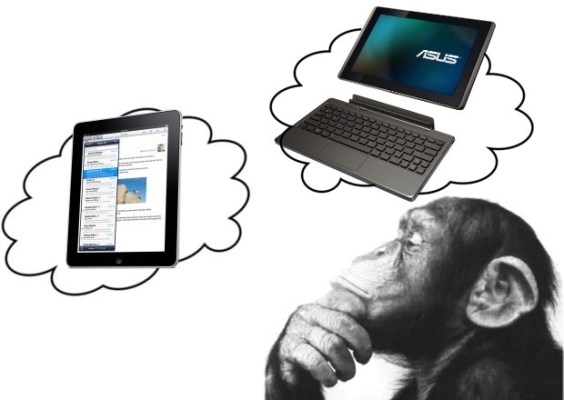It’s hard out there for a tablet. Not just because consumers aren’t quite sure they want to buy in just yet, but because the shelves are so crowded that it’s difficult to stand out. At CES this year, having an Android tablet seemed to be a prerequisite to reserving booth space; few major companies didn’t announce some sort of plans.
I suppose they all thought they were all getting in on a gold rush of sorts. But the sameness of the various offerings has caused many a consumer’s eyes to glaze over in the aisles of Best Buy. It’s no wonder they end up going with an iPad when the other options try so pathetically to get consumers to care about trivial differences in hardware, and make vague promises of improvements coming down the line, over which they have no real control.
At the same time, a few companies have been bold enough to depart from the pattern enough that you can distinguish their product without squinting. But are these non-traditional designs going to galvanize an indifferent market or are they too much, too early?
Convertible Tablets
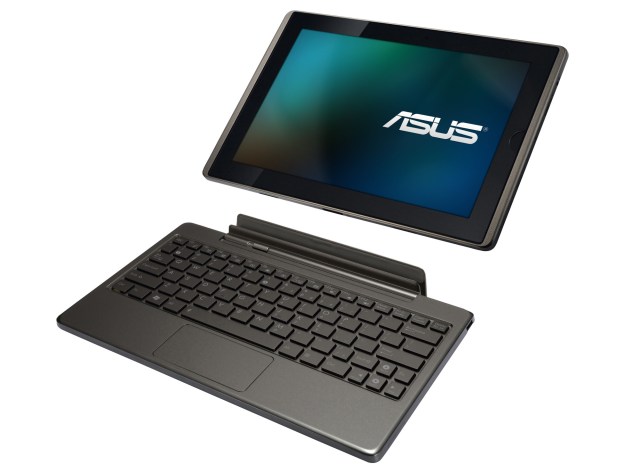
I just read a fairly reasonable article suggesting that these convertibles, like Asus’ Transformer, are going to be a big hit. The main points, for those too busy to look: they’re getting slim enough to be worth a look, the software is maturing to the point where it doesn’t feel sloppy, and there is an increasing number of people who can’t decide between a tablet and a laptop. Naturally they’ll choose the hybrid.
While there’s something to this, I don’t think it points to adoption at large. If you look at usage patterns of things like the iPad, you see a huge amount of browsing, video-watching, casual gaming. Email, too, but as typing on touch-keyboards is a pain, it’s mainly checking, nothing serious. The point is that even the early adopters (and make no mistake, even the 20 million iPads sold are to early adopters) are interested in consumption, not creation. The tablet is a window to content, but it’s one-way glass.
True, convertible tablets make it easier to type. But compared to any $500 laptop, a tablet isn’t going to perform nearly as many tasks that make the keyboard necessary. You’ll be able to do email better, and type web addresses more quickly, but is there enterprise software, financial management stuff, serious word processing and editing to be done on them? Not yet, and I suspect not for some time.
Windows 8 is the biggest arrow in the convertibles’ quiver. A lot depends on Microsoft making that extremely promising start turn into something people really want to use. A rich interface with the ease of use of a tablet plus the power of a full-on PC isn’t an easy task, but Microsoft realizes they need this one to be a hit or they’re out of the tablet game forever. If convertibles become popular, it won’t be because of the reasons suggested above, but because Microsoft made them popular. Because Apple, Google, Asus, Acer, and the rest sure as hell aren’t going to do it.
Dual-screen Tablets

Courier, Courier, where art thou, Courier? O most promising of pre-iPad devices. If you’re reading this, you probably remember Microsoft’s star-cross’d Courier project, which broke out of its incubator early and was the darling of the blogging world for a few months. It showed imagination, good design, and a willingness to take risks. So it came as no surprise when it was peremptorily buried by Ballmer. Since then, we haven’t really had a dual-screen tablet to get excited about — but that doesn’t mean the form factor is fundamentally barren.
The Kno springs to mind as an example of something done partially right. Intended as a replacement for bulky, heavy, expensive textbooks, the Kno is a bulky, heavy, expensive tablet. But I don’t do it justice: it really is a very savvy piece of work and, though its size and cost ended up killing it, shows that a ground-up approach and unique brand can do wonders for product visibility. An on-stage demo at TechCrunch Disrupt helps as well. But if anything, it was always type of device that sells units in the tens of thousands, not the tens of millions.
More recently we’ve seen some rather strange designs like the Iconia Touchbook, which end up being more like the worst of both worlds. Sony’s S2, which we just had a hands-on with today, seems more promising, but we’ll look more closely at it in the gaming tablets section below.
The issue here seems to be a technical one rather than a design one. The bezel width, weight, and cost of two separate displays mean that the tablet wouldn’t be able to compete in form or price. Plus, the lack of optimized apps for two screens means the benefits are extremely limited. When the technical issues are solved and a thin, foldable device no longer makes unacceptable compromises, then the software will follow. Until then, no chance.
Gaming Tablets
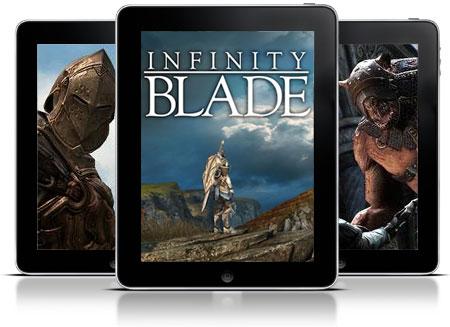
Companies have been going out of their way to laud the gaming prowess of their particular brand. Never mind that they’re all just shilling for Nvidia’s Tegra team (with the exception of Apple, whose A5 seems to be a genuine departure from the norm). And to tell the truth, the last year or so has seen these low-power chips in phones and tablets go from anemic weaklings to true modern 3D powerhouses. The poster child for this would be the Unreal Engine and Infinity Blade.
But can a tablet get away with truly focusing on a gaming experience? Sony is making that bet with the Playstation-branded S1 and S2 tablets, which will have exclusive access to certain Sony content, though the quality of that content is far from guaranteed (think PS1 titles at first). And the serious gamers, to whom this tablet would presumably be marketed, are not easy to woo away from their platform of choice. The Vita and 3DS are more on their minds.
The problem of control rears its head immediately. While tablets are great for certain types of games, they’re just awful for others. The most popular “real” games in the world right now are shooters, and despite what fanboys will tell you, they control terribly on tablets. Accessories like the Fling joystick help, but there is no standard control overlay and settings vary greatly between titles.
The thing is that any gaming experience exclusive to a tablet isn’t likely to be exclusive to a gaming tablet. It’s just going to be something like Plants vs. Zombies or Angry Birds: best played on a tablet but not limited to some sort of special gaming setup. That may change in the future as gaming leaves the casual sector on tablets and we start seeing more tablets in the hands of mainstream gamers, but in the meantime the benefits of a so-called gaming tablet are illusory.
Rugged/Field Tablets
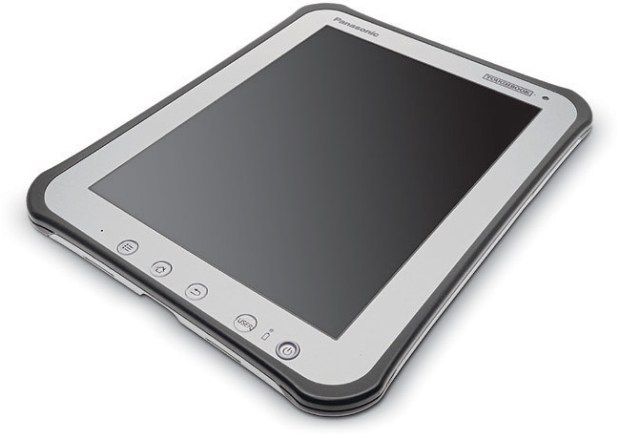
We’ve written a few times about how the iPad has gained a following in the medical and education establishments, among others. This is primarily the result of being first to market, and a magnet for specialized apps. But there has always been a market for hardened devices, the Panasonic Toughbook line being perhaps the most familiar. The military has been making noises recently regarding the need for a good standard smartphone or tablet, as well, and you better believe they need more than brushed aluminum and Gorilla Glass. My Otterbox is nice, but it’s no flak jacket.
Once things have leveled out a bit, I expect that iOS will lose favor in these situations — Google is pushing extensibility on Android for just this purpose, and of course Windows 8 includes Microsoft’s famous/infamous backwards compatibility. Laugh it up, but when your hospital has records going back to Windows 3.1 days and you just want things to work without hiring a team to modernize your whole operation, Windows starts looking more attractive.
Unfortunately, ruggedness comes at a cost, and although consumers might like the idea of a waterproof phone like the Defy, there’s no way they’ll pay the premium for Mil-spec hardening of their around-the-house tablet.
Stylus-powered Tablets
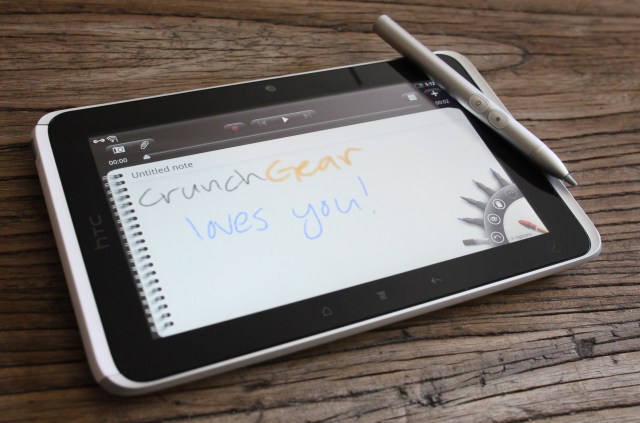
Steve Jobs’ disdain for the stylus was wise in that it led to a very focused finger-optimized phone OS, but unwise in that it summarily dismisses the benefits of pen input. It’s true that you lose them, they’re kind of weird to hold, and they disconnect you from the interface. But it’s also true that they provide far greater precision, they allow for quick and complicated gestures, multiple “click” types, and a number of other things — things which were admittedly totally inapplicable to the iPhone.
I recently reviewed the HTC Flyer. Spoiler alert: I didn’t like it. Or rather, I felt like it was an interesting evolutionary step that should probably have just been kept in the labs. I felt the potential, but I also felt the extreme difficulty in designing an interface that’s accessible to both touch and pen. Yet the Courier (at least in its demo videos) seemed to show that if you worked at it enough, you could make it work.
If tablets are to be used by the creative and enterprise class of users (as opposed to the consuming class), they will likely need stylus support. Fingertips are great for touching icons, but they’re not so good for circling individual words, editing photos and video, and so on. There’s a huge amount of sophisticated interpretation that goes into determining where your blob of a thumb is touching the screen, and the stylus changes the whole interface metaphor.
I’d expect a well-done niche product before a consumer breakout — a creation-oriented tablet, perhaps a collaboration between two big names like Wacom and Sony, or even Adobe. It could double as a stylus surface for another computer (like a Bamboo), but work independently as well, and be provided with a few powerful tools for interfacing with standard MIDI, video, tethering, and paint programs.
Windows 8 shows up again here: a stylus is a tolerable replacement for a mouse when the interface is done right. Windows 7 integrated some touch controls, but they were more concessions than true tools. Microsoft’s handwriting recognition is excellent, though, and if they’re able to combine their Surface, Metro, and Windows IP successfully, you could see a seriously versatile piece of hardware come out in mid-2012.
The time is not yet right
The conclusion here seems to be that large-scale market penetration and hardware limitations are the most serious barriers to variant tablets gaining traction. Demand isn’t great enough that you can make a successful niche product. There’s a bit of a chicken-egg problem here, since you can’t make a niche product without a niche, but the niche won’t exist until you make a product for it — but all that’s needed to solve that is a little time. As tablets grow from a 20-30 million unit market to a 100 million unit market, you’ll start seeing natural fragmentation in the user base, and not just in who wants 3G or 64 gigs.
The difference will be like the difference you see in computers and laptops: people who just want a laptop, and people who want a laptop that does X and not necessarily Y. The stratification of that market is well-known and prices have solidified around the $500, $750, $1000, and $1600-2000 marks. Pricing won’t have nearly such a large spread with tablets, but in a year or two, $250 will buy you a basic Android tablet, $500 will buy you a deluxe one or an iPad, and $750 will buy you a specialty device like a stylus, dual-screen, high-res screen, and so on. Professionals will gladly pay good money for a full-HD screen, real stylus interface, and enough power to use as an on-site editing device for photos or video.
Timing is anybody’s guess, and it depends on a lot of things. Will Amazon push Android over the top for e-readers? Will Apple release a super-high-resolution iPad Pro? Or will Samsung? Will OEMs grow some dignity and stop making chintzy tablets with identical specs? Or will Apple diversify and proliferate? Whatever the case is, until people get their heads around what a tablet is for and how it fits into the existing ecosystem, you’re not going to see these interesting but immature form factors do anything but sit on shelves and excite idle praise from tech writers. You can expect quite a few dead-end launches, but you can also expect (if you’re charitable) that companies like HTC and Sony just might learn something from them and reuse those ideas when the time is right.
Note: We are aware that many of the links in this article are dead at the moment due to some technical difficulties related to the redesign. They should be functional soon.
